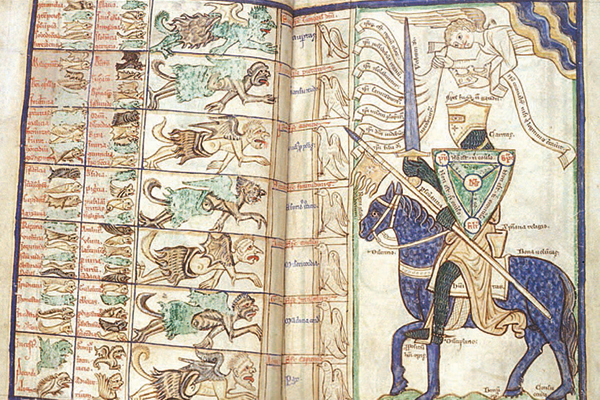Framing space in Aztec writing: the Codex Mendoza as a model of transposition and beyond
DOI:
https://doi.org/10.15168/xy.v3i5.92Abstract
PERThe paper deals with the emergence of complex textual structures through use of non sequential, multilayered spatial arrangement of graphic pictorial units in Aztec writing. The analysis of non–transcriptive and non–glottic writing systems can be an interesting field of research for the designers aiming at finding notational solutions able to “transpose” (in the sense of JAKOBSON 1959) contents in compact visual forms, linguistically consistent albeit articulated in a non–linear space. The study of Aztec pictographies, indeed, provides a solid background for rethinking writing and typography according to an approach non alphabetically grounded. We can better illustrate this topic from two points of view: the composition of single Aztec “glyphs” as non–linear, agglutinative “assemblages” of visual units with an internal arrangement (entaxis); the building of larger textual structures through conventional and semantic use of a non sequential and spatial layout of articulated units (synsemia). After providing an analysis of significant examples from Codex Mendoza (f.60r, f.61r, f.2r and f.4v), we will suggest a comparison with European text, such as the Fasciculus Temporum by Rolewinck, and the Summa de virtutibus et vitiis or Summa vitiorum by Perault. Our attention will be focused on graphic combinations of units in space “composing” some Aztec glyphs and other synsemic structures, but also on the relation between non–linear notation and alphabetic linear texts (i.e. Spanish and Nahuatl glosses for the Codex Mendoza, Latin texts together with pictorial emblematic frames for the others). All these are effective and intentionally produced cases of what we call “writing without transcribing” words (and utterances).


